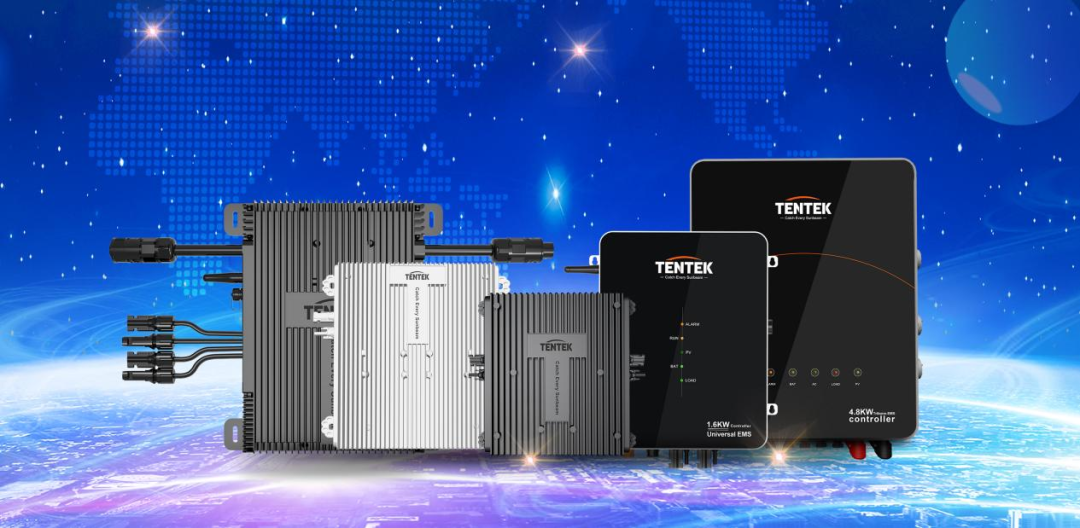Nearly 15GW shortfall in Austrian PV installations as registration exemptions for up to 800W and tax exemptions for small domestic systems are available
Time: Jul 22, 2024Views:
Chinese companies, which are highly sensitive to industry trends, have been frequently present in the Austrian PV market recently.
Last year, Austria added about 134,000 new PV systems, a year-on-year increase of about three times. By the end of 2023, a total of about 390,000 PV systems will be installed in Austria, with a total installed capacity of 6.4GW.
But Austria plans to install 21GW of PV systems by 2030, that is to say, there are still nearly 15GW of installed capacity is waiting to be realized. July 11, Austria issued a new bill, the balcony PV system below 800W free approval, and September 1, the official implementation.

It can be seen that, after Germany's “Solarpaket I” program came into effect this year, Austria will also usher in a wave of installation.
Now more and more companies have already taken the Austrian access certification one after another.
In August 2020, X3-Hybrid series and X3-Fit series inverters of Arrow Energy obtained Austrian OVE-Richtline R25 certification, and the company became the first Chinese manufacturer of energy storage inverters to obtain R25 certification. In the middle of July this year, Teng Sheng Gen3 series micro inverters successfully obtained the Austrian TOR Erzeuger Typ A listing.
A considerable part of the head Chinese enterprises already have early sales experience in Austria. In addition to Germany, Sunny Power's household storage market is concentrated in the two German-speaking regions of Switzerland and Austria. In June this year, LONGi Green Energy and Austrian PV companies signed a supply framework agreement to supply at least 1.5GW of PV modules for a number of their projects within three years.
Chaodian here to analyze the current situation and development of Austria's PV, household storage, with a view to providing lessons for the industry.
Allocation of nearly 1.4 billion euros to subsidize PV
Austria is rich in water resources, the number of installed wind turbines and solar panels is growing rapidly, so far its and hydroelectric power generation accounted for 60% of the total power generation.
The Russian-Ukrainian crisis has led to high energy prices and the risk of gas supply cuts, prompting the Austrian government's determination to accelerate the shift to renewable energy. The Austrian Renewable Energy Development Act sets a national target of 100% renewable electricity supply by 2030.
Since April 2022, the Austrian government has invested 240 million euros in subsidies for corporate and personal photovoltaic equipment. On April 6 this year, Austria announced that it would provide 300 million euros to support the development of renewable energy sources and would derive 850 million euros in subsequent investments.
Early last July, the Austrian Integrated Grid Infrastructure Plan stipulated that 40% of the PV installation target needs to be allocated to building roofs, and large-scale results are now visible.

Tide Power participated in Intersolar Europe 2024 in June, passing through Austria, and saw the suburban residential roofs covered with photovoltaic panels. Similar to Germany, Austria has a large number of apartments in urban areas, and there is a lot of potential for balcony PV installations.
Household storage installations dominate
Austria is a small and beautiful household storage market, the local government will invest a lot of money in subsidies, and release more favorable regulations and policies for PV and energy storage systems.
In order to realize the goal of 2GW new PV systems per year, Austria introduced last year from 2024 onwards, no longer on the power of not more than 35kW small newly installed PV system VAT policy, the policy is valid for two years. Since then, Austria's home users are becoming the main force driving the application of PV systems.
It is also important to emphasize that the majority of the country's energy storage market will be contributed by the household and industrial/commercial sectors, ranking fourth in Europe in terms of installed capacity.
From January 1 this year, the implementation of the new Austrian “Strompeicherlangen (power storage)” funding program, continue to allocate 35 million euros to support the 4-50KWh of energy storage equipment for new installations or upgrading of existing photovoltaic systems, each kWh of electricity to provide a flat subsidy of 200 euros.
Translated with DeepL.com (free version)
recommend
Jul 22, 2024
In addition to automotive and consumer electronics, micro inverse is also a strong rise in chip demand. On July 8, BEE M...
Hot








